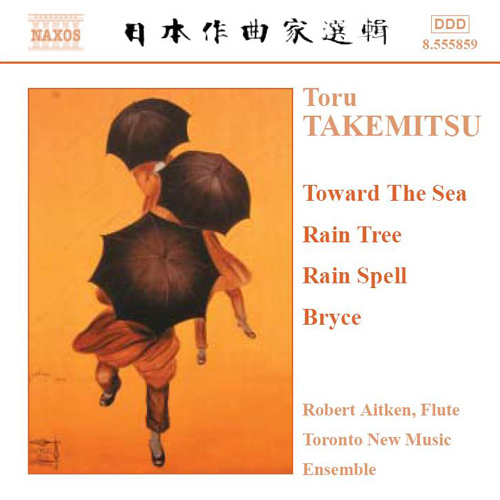I know we have several threads discussing music tracks for testing bass sound reproduction.
I seldom found, however, any thread discussing "Music for Testing Treble (High Frequency) Sound" within ASR and in other audio forums.
Consequently, I assume it would be somewhat worthwhile creating this thread, and let me start with one track, Track-20 "High Frequency Linearity Check: Bimmel Bolle Antique Orgel" in "Sony Super Audio Check CD (1983 48CD 3 CBS/Sony)" (ref. here), even though I shared and discussed this track in my post #592 on my project thread and also in a few other opportunities in ASR. This track contains extremely high-energy high-frequency sharp transient sound; I have never heard recorded sound having such a high-energy and high-speed high Fq components.


In order to show the high frequency components of this unique track, I shared YouTube video clip together with MusicScope 2.0.1 playing screen (ref. here #760);
And I also shared another YouTube video clip together with the dancing 12-VU-Meter Array (ref. here #750);
Your participation on this thread sharing preferable/suitable sampler/reference "music tracks" for testing treble (high frequency) sound reproduction will be greatly appreciated.
I seldom found, however, any thread discussing "Music for Testing Treble (High Frequency) Sound" within ASR and in other audio forums.
Consequently, I assume it would be somewhat worthwhile creating this thread, and let me start with one track, Track-20 "High Frequency Linearity Check: Bimmel Bolle Antique Orgel" in "Sony Super Audio Check CD (1983 48CD 3 CBS/Sony)" (ref. here), even though I shared and discussed this track in my post #592 on my project thread and also in a few other opportunities in ASR. This track contains extremely high-energy high-frequency sharp transient sound; I have never heard recorded sound having such a high-energy and high-speed high Fq components.
In order to show the high frequency components of this unique track, I shared YouTube video clip together with MusicScope 2.0.1 playing screen (ref. here #760);
And I also shared another YouTube video clip together with the dancing 12-VU-Meter Array (ref. here #750);
Your participation on this thread sharing preferable/suitable sampler/reference "music tracks" for testing treble (high frequency) sound reproduction will be greatly appreciated.
Last edited:


